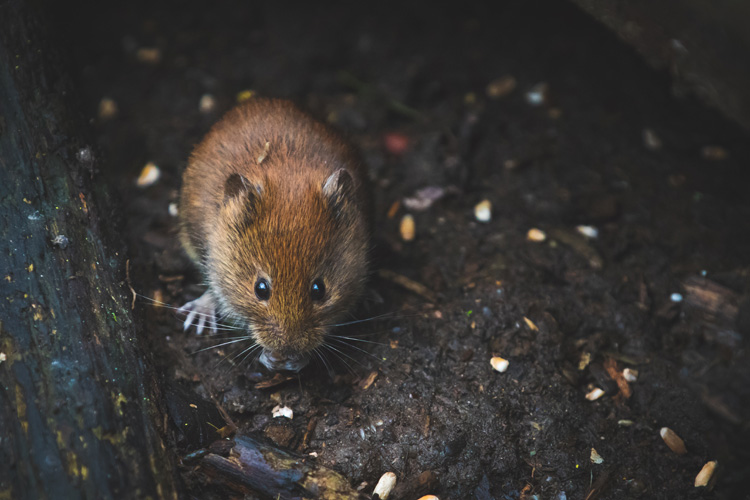Black-legged tick populations are plentiful in the South. Why are there fewer cases of Lyme disease?
 Lyme disease is the most common tick-borne illness in the United States. There are an estimated 300K cases each year. Though, according to the CDC, the vast majority of those cases are not confirmed. The line of infection versus non-infection is quite blurred. What is clear, is the imbalance of confirmed Lyme disease cases in the Northeastern and Southeastern United States – even though deer ticks are rampant in both regions. Scientists believe they have found clear answers to this quandary! Clarification begins with mice and lizards.
Lyme disease is the most common tick-borne illness in the United States. There are an estimated 300K cases each year. Though, according to the CDC, the vast majority of those cases are not confirmed. The line of infection versus non-infection is quite blurred. What is clear, is the imbalance of confirmed Lyme disease cases in the Northeastern and Southeastern United States – even though deer ticks are rampant in both regions. Scientists believe they have found clear answers to this quandary! Clarification begins with mice and lizards.
The white-footed mouse is a massive Lyme bacteria spreader in the Northeast.
In our area, ticks often seek their blood meals from small rodents, like the white-footed mouse. This little, furry creature is a common carrier of Borrelia bacteria, which are responsible for Lyme infection in humans and animals. More importantly, they are a very virile transmitters of these harmful bacteria. After passing them to a black-legged tick, the tick might then seek its next blood meal from a human. If the tick is attached 36 to 48 hours, they are apt to pass those bacteria, which can result in Lyme infection.

Lizards transmit Lyme causing bacteria in the Southeastern US.
Though lizards are some of the main carries of Borrelia bacteria south of the Virginia-North Carolina border, there is one catch. They are not strong transmitters of the bacteria. Though ticks often feed on these smooth-scaled skinks, they are less likely to receive a strong does of the pathogens when taking their blood meal. A recent two-year study found that areas, where black-legged ticks feed on the blood of these lizards, are less likely to have reports of Lyme infection than areas, where they feed on rodents, like the white-footed mouse. There were far less infected black-legged ticks in the Southeast than in the Northeast.

Another reason southern ticks pass less Lyme pathogens to humans.
The hotter, sunnier climate in southern states means that the questing habits of ticks are different than in northern states. To avoid dehydration, ticks in the South will quest under vegetation, remaining close to the forest floor. This means that they take less human blood meals. Ticks in Massachusetts, quest farther from the ground. They crawl on higher vegetation, where they often encounter humans and pets to obtain their blood meal.

See more tick and Lyme disease questions and answers:
Hingham Tick Control: Essential Lyme Infection Prevention

Even though we have snow on the ground, it’s never too early to plan for tick control in Central Mass. Professional tick control companies offer season-long and year-round protection options. Reputable companies will also offer special event sprays, all-natural formulas, and even year-round tick protection with tick tubes. With tick populations and Lyme infections on the rise, professional tick control is a necessary part of your family’s health and well-being.

2 thoughts on “Why is Lyme disease more prevalent in the Northeastern US?”
Comments are closed.